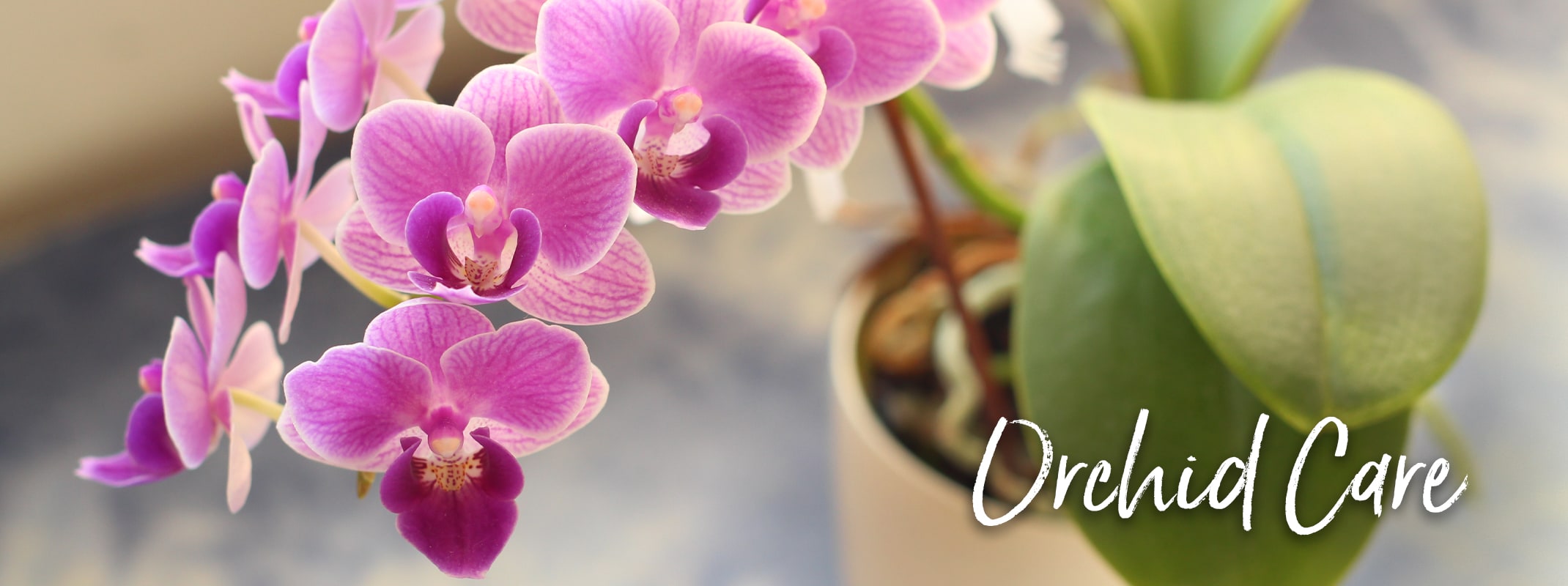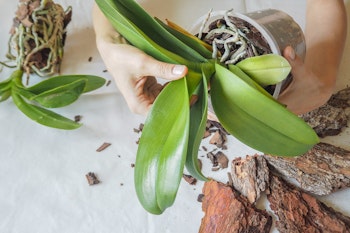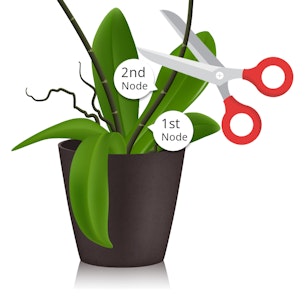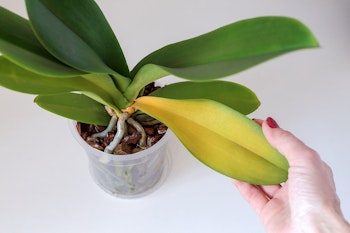 Back to the Be Inspired Blog
Back to the Be Inspired Blog

How to Grow and Care for Your Phalaenopsis Orchids
Phalaenopsis orchids, commonly known as moth orchids, are a popular choice among indoor plant enthusiasts due to their beautiful blooms and relatively easy care. We share with you the essentials of growing and maintaining healthy phalaenopsis orchids.
Optimal Growing Conditions
- Light: Phalaenopsis orchids thrive in moderate light conditions but should be protected from direct sunlight. A north or east-facing window is ideal. If the leaves are dark green, consider providing more light; whereas, yellowish-green leaves suggest too much light.
- Temperature: These orchids prefer a consistent temperature between 65°F to 80°F during the day and slightly cooler at night. Avoid placing them near heating or cooling vents.
- Humidity: Aim for a humidity level of 50-70%. This can be achieved by placing a humidity tray under the plant or using a room humidifier.

Watering and Feeding
- Watering: Water your orchid once a week by letting water run freely through the potting medium to flush out salts. Ensure the pot has good drainage, as standing water can lead to root rot.
- Fertilizing: Feed your orchid every other week with a balanced, water-soluble fertilizer diluted to half the recommended strength. During the winter, reduce feeding to once a month.
Potting and Repotting
- Potting Medium: Use a well-draining medium specifically designed for orchids, such as a mix of bark and sphagnum moss.
- Repotting: Repot your phalaenopsis every two to three years or when the potting medium begins to decompose. The best time to repot is right after the bloom cycle when new roots begin to grow.
Blooming
- Initiating Blooms: To encourage blooming, expose the plant to a slight drop in night temperatures for a few weeks (about 55°F to 60°F). This mimics their natural environment and helps initiate the flowering process.
- After Blooms Fade: Once the flowers fade, cut the flower spike above the second node from the bottom. This may encourage a second bloom from the same spike.
Common Problems and Solutions
- Yellowing Leaves: Often a sign of overwatering. Allow the potting mix to dry slightly between waterings.
- Limp Leaves: Indicates under-watering or low humidity. Increase watering frequency slightly and ensure adequate humidity levels.
- Pests: Keep an eye out for common pests like aphids and spider mites. Treat infestations early with insecticidal soap or neem oil.
With proper care, phalaenopsis orchids can be a delightful addition to your indoor garden, providing beautiful blooms and a touch of elegance. Remember, the key to successful orchid care lies in understanding their environment and adjusting your care routine to mimic their natural habitat as closely as possible.

